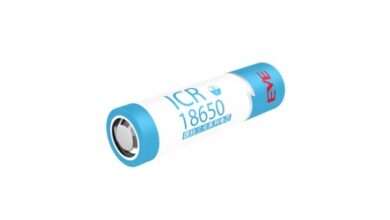Mornsun: Kindly Elaborate On The SMPS Power Supply

Switched Mode Power Supply (or SMPS) is a module or electrical device that contains semiconductor components like diodes and MOSFETs in addition to inductors and capacitors. It is used to transform one DC voltage level into another DC voltage level. It is preferred over straight or ohmic converters because of its higher efficiency. It might be integral to most home electrical systems (like portable chargers, PC control supplies, etc.). It employs a semiconductor switch, a metal oxide semiconductor field effect transistor (MOSFET), to cut off the supply voltage at a set exchange frequency, controlling the yield voltage. When the frequency of trade is altered, the resulting voltage will fluctuate.
Power Supply for Switched-Mode Applications
SMPS power supply includes power connections, desktop power, and server administration. The SMPS architecture has primary and tertiary components due to the segregation topology. Some of them are electromagnetic interference (EMI) filtering, input correction, and control calculation repair (PFC) devices. Enhancing PFC’s competence is the essential fundamental concept of the strategy. The control supply may function well under an existing light stack thanks to the PFC rectifier’s high efficiency. In PFC, the ultra-fast recovery time of the rectifier and the low Qg of the exchanging MOSFET are the only two elements that matter. Increased efficiency and better warm execution, particularly for 80+ SMPS, need PFC regardless of topology. For example, a film or ceramic plate capacitor is your best bet for minimizing electromagnetic interference if you use an X-capacitor or a Y-capacitor configuration. To choose the optimum input rectifier, look for a single-phase bridge rectifier.
Varieties of SMPS (Switch Mode Power Supply)
High-voltage direct current is created by transforming the power from the standard alternating current. The crucial side step-down transformer receives this high DC voltage after an exchange. On the secondary side of the step-down transformer, the yield is collected after being rectified, filtered, and sent as the yield to the control supply.
It doesn’t matter whether the transistor is conducting; the forward converter’s current is still transported through the choke. During the OFF state of a transistor, the diode within the device acts as a current conductor, allowing power to continue to flow through the stack.
An inductor in a Flyback converter stores energy when the attractive switch field is On. Power is released into the output voltage circuit when the switch is turned on. The fThe yield voltage sets the flyback converter duty cycle.
This converter operates on the Flyback principle and is self-oscillating. Current through the transformer begins to slope at an angle of Vin/Lp as soon as conduction begins. Once the voltage is established in the switch’s input and auxiliary windings, the rapid recovery rectifier begins operating in the switch’s non-normal direction and energizes the conducting transistor.
The Benefits of Mornsun SMPS Power Supply
-Switch mode power supplies come in more compact sizes now.
-Switch-mode power supplies are small in size.
-Power efficiency is typically 60-70 percent greater.
-There is a lot of strength in its ability to prevent interference.
-SMPS has a huge dynamic range of yield.





